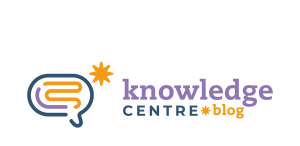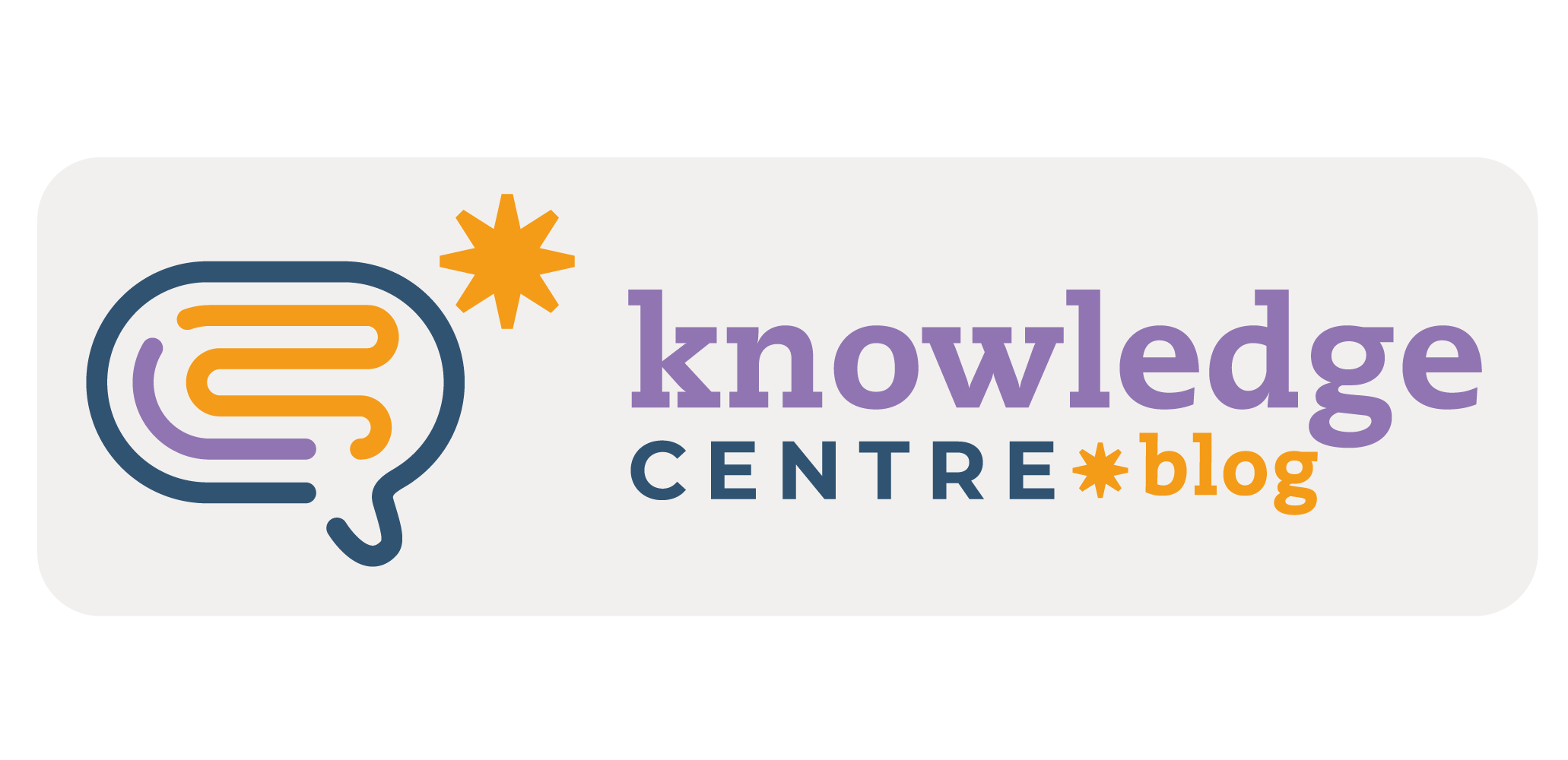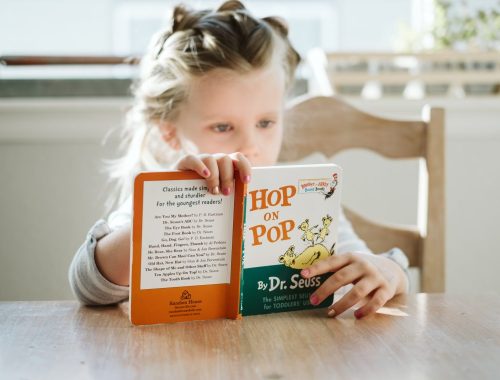The distinction between language acquisition and language learning has been widely discussed in Linguistics, Psychology and Education, with Stephen Krashen playing a key role in defining these concepts. According to Krashen’s Input Hypothesis, language acquisition is an unconscious and natural process, similar to how children acquire their first language (L1). It occurs when individuals are exposed to language in context-rich environments without formal instruction. In contrast, language learning is a conscious and deliberate process, involving explicit attention to grammar, vocabulary, and rules, typically within classroom instruction.
Over time, this strict distinction has been debated. Some cognitive linguists argue that the cognitive processes behind both acquisition and learning are not fundamentally different. They propose that explicit learning can influence implicit acquisition, and that language development—whether conscious or unconscious—relies on overlapping cognitive mechanisms. As learners are exposed to input, they form associations between linguistic forms and meanings, even when not fully aware of it.
Swain in “Communicative Competence: Some Roles of Comprehensible Input and Comprehensible Output in its Development” argues that just being exposed to comprehensible input (hearing or reading language you understand) is not sufficient for full additional language acquisition. While Krashen’s Input Hypothesis suggests that learners acquire language mainly by understanding messages in the target language, Swain counters that active language production (output) is also necessary for learners to develop full communicative competence—the ability to use language accurately and effectively in real-life situations.
Contemporary research in Second Language Acquisition (SLA) suggests that instead of maintaining a sharp divide between acquisition and learning, both explicit and implicit processes contribute to language development. Approaches such as problem-based learning, CLIL and interactionist theories emphasize the role of meaningful interaction in language learning. These perspectives highlight the importance of different types of input, interaction, and instruction, rather than assuming that only unconscious exposure leads to successful acquisition.
CLIL, for example, involves teaching academic content through a second language, enhancing acquisition by providing comprehensible input, as advocated by researchers like Krashen and Swain. Unlike traditional language instruction, CLIL fosters language development by encouraging meaningful and authentic communication, where students use the target language to engage with subject matter.
CLIL promotes both implicit and explicit learning strategies. Teachers guide students to develop linguistic competence while acquiring subject knowledge, making the approach both language-driven (prioritizing language learning) and content-driven (focusing on subject matter). María Dueñas, in her article, “The Whats, Whys, Hows and Whos of Content-Based Instruction in Second Foreign Language Education”, supports this integration, showing that coherent and meaningful content aids memory retention and deeper learning. Cooperative learning strategies, extensive reading, and student autonomy further enhance CLIL’s effectiveness.
Authentic language input in first language acquisition (L1A) is organic and occurs in low-pressure interactions with family and peers, encouraging experimentation and self-expression. The motivation to learn an L1 is intrinsic, driven by the need to communicate, whereas second-language acquisition (L2A) is often influenced by external factors like academic or career goals. In L1A, children’s mistakes are rarely explicitly corrected; instead, they receive natural feedback and self-correct over time. In contrast, L2 learners frequently receive direct corrections, which can enhance accuracy but may also hinder risk-taking. L1A is largely unconscious, shaped by exposure rather than formal instruction. Caregivers naturally use a full range of linguistic structures, allowing children to absorb phonetic patterns and grammar through immersion, rather than restricting input based on what the child has learned.
However, it is important to be cautious when drawing comparisons between first language acquisition (L1A) and second language acquisition (L2A). While both involve exposure, interaction, and pattern recognition, they differ fundamentally in cognitive processing and developmental stages. Unlike L1 acquisition, which occurs organically from birth (or even before birth, as research suggests that infants begin tuning into the phonetic properties of their native language while still in the womb), L2 acquisition typically happens at a later stage, when cognitive structures and linguistic parameters have already been shaped by the first language.
For example, in terms of phonology, infants specialize their auditory system to their native language as early as one year old. This means that certain phonetic distinctions not present in their L1 become increasingly difficult to perceive and produce as they grow older. This phenomenon, known as perceptual narrowing, explains why adult learners often struggle with the pronunciation of certain L2 sounds that do not exist in their native language. Additionally, syntax, morphology, and semantic structures are also influenced by prior linguistic knowledge, which can facilitate or hinder L2 learning depending on the similarities and differences between the two languages.
Given these fundamental differences, expecting individuals to acquire an L2 in the same way they learned their L1 is unrealistic. While immersive and naturalistic approaches can be beneficial, they must be supplemented with explicit instruction, metalinguistic awareness, and practice tailored to the learner’s cognitive and linguistic background. Understanding these distinctions helps educators and language learners adopt more effective strategies for second language acquisitionPeeter highlights the need for ongoing professional development to equip teachers with CLIL-specific strategies in his book “Excellence in Bilingual Education: A Guide for School Principals (2012)”. As a bilingual teacher, our role is dynamic and transformative. By understanding how languages are learned, we can inspire students to embrace bilingualism, empowering them to succeed in an increasingly interconnected world.
Bibliography
- Krashen, S. (1981). Second language acquisition and second language learning. Pergamon Press.
- Swain, M. (1985). Communicative competence: Some roles of comprehensible input and comprehensible output in its development. In S. Gass & C. Madden (Eds.), Input in second language acquisition (pp. 235–253). Newbury House.
- Sanako. (n.d.). 8 leading theories in second language acquisition. Retrieved from https://sanako.com/8-leading-theories-in-second-language-acquisition
- Dueñas, M. (n.d.). The whats, whys, hows, and whos of content-based instruction in second/foreign language education.
- Mehisto, P. (2012). Excellence in bilingual education: A guide for school principals. Cambridge University Press.
- Ellis, R. (1985). Understanding second language acquisition. Oxford University Press.
By
Jéssica holds degrees in Pedagogy and Languages, as well as CELTA, ICELT and Train the Teacher certifications. She has completed postgraduate studies in Teaching English as a Foreign Language and Behavioral Cognitive Therapy. Jéssica has 20 years of teaching experience and more than 15 years as a teacher trainer. Additionally, she has four years of experience consulting for bilingual programs, contributing to the development of innovative and effective educational strategies.







